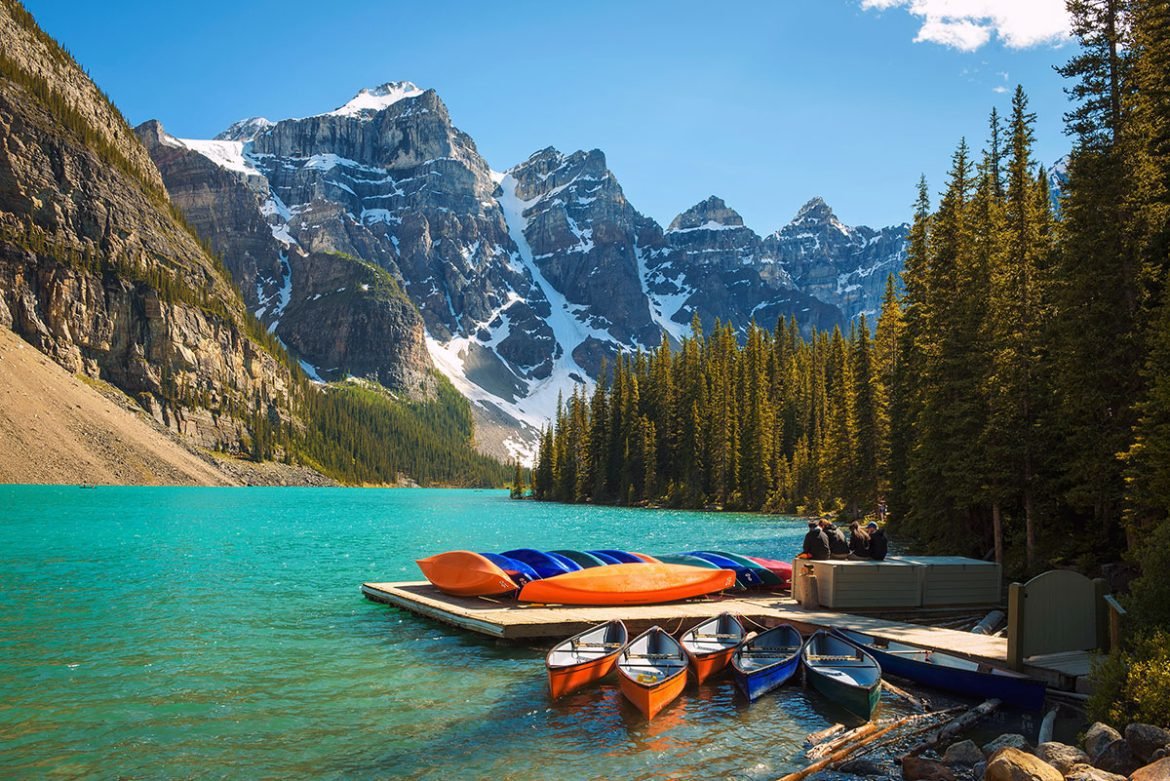Hot springs were found by railroad employees in 1883, sparking a campaign that led to the creation of Canada’s first national park, Banff. The park is home to beautiful landscapes, including the towering Canadian Rockies, verdant valleys, dense woods, and a wide variety of animals (think mountain goats on the roads, moose, elk, and bears). As a result of its beauty, the park quickly gained renown as a top summer and wintertime destination for Canadians. Everyone, from campers to those who wish to unwind in style after a day in the great outdoors, uses this park. A rundown of the best of Banff’s tourist spots:
10. Bow Falls
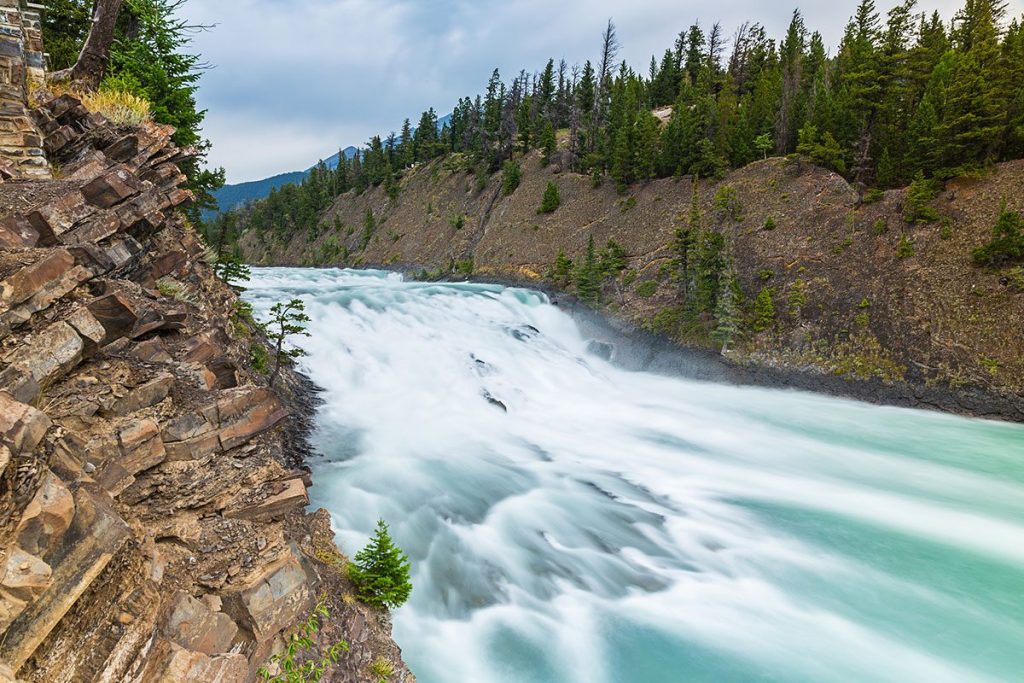
A beautiful view of Bow Falls in Banff National Park, Alberta, Canada. Image source: r.classen/Shutterstock.com
Film fans may recall seeing Bow Falls as the place where Marilyn Monroe and Robert Mitchum crossed across to safety from a band of Indians in the 1953 film River of No Return. A large waterfall, the 9-meter (30-foot) high Bow River Falls, is located on the picturesque Bow River where it meets the Spray River west of Banff. If you take the 3/4 mile route along the river to the falls, you’ll be rewarded with a far better view of the raging rapids. Cyclists are not permitted on the stair-accessible cliff top part of the track, but walkers are welcome.
9. Whyte Museum
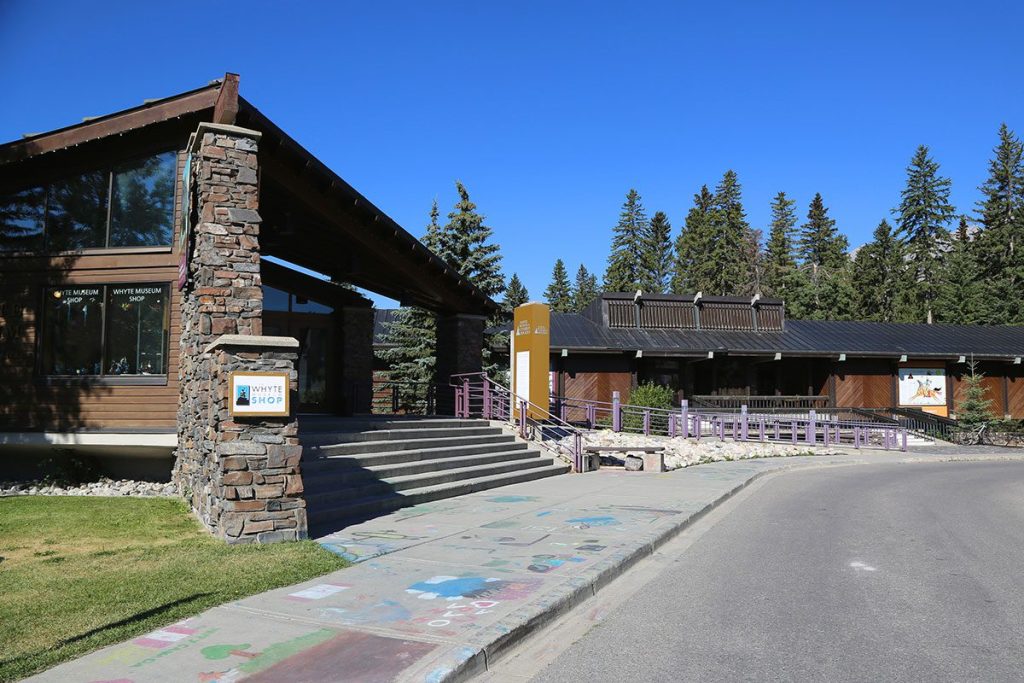
The Whyte Museum of the Canadian Rockies in Banff National Park, Alberta, Canada. Image source: r. Leonard Zhukovsky/Shutterstock.com
Start your exploration of the magnificent Canadian Rockies with the Whyte Museum of the Canadian Rockies. Beginning with their arrival in Banff in the 1930s, Peter and Catharine Whyte began amassing a collection of paintings, records, and other archive artifacts that would eventually become the museum. Its mission is to protect Banff’s heritage and that of the Canadian Rockies. The museum complex has four log cabins and two historic residences, one of which belonged to the Whytes, in addition to the spectacular gallery and hundreds of images of life in the Rockies.
8. Banff Upper Hot Springs
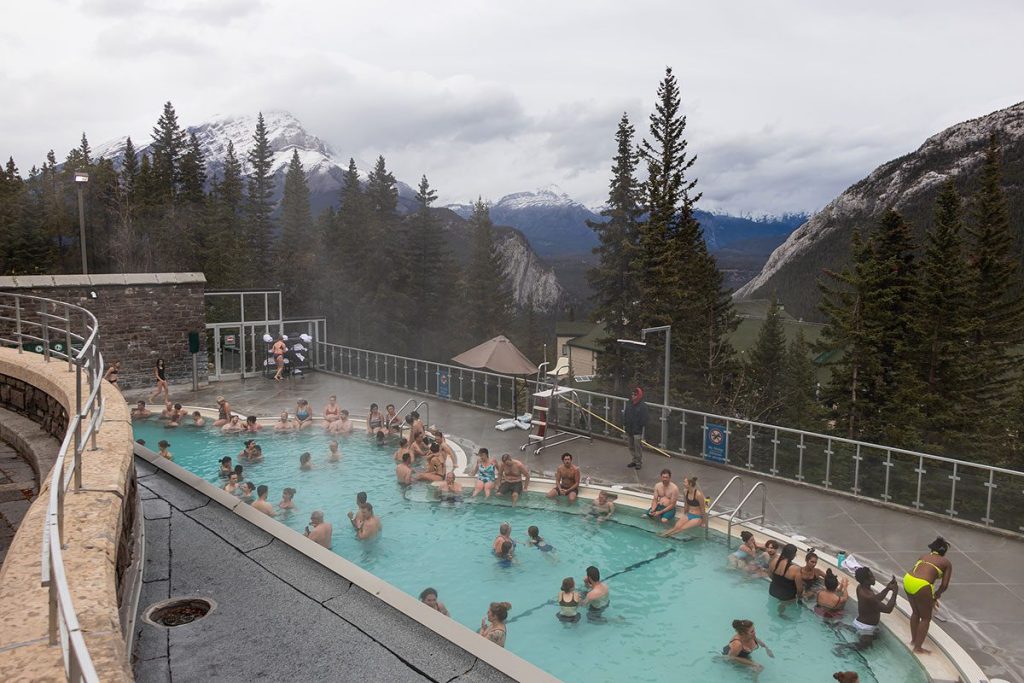
Banff Upper Hot Springs is a popular tourist attraction in Alberta, Canada. Image source: r. elmundodeG/Shutterstock.com
After a long day on the slopes or the trails, the Banff Upper Hot Springs are just what you need to unwind. Though tourists have been flocking to these hot springs in Banff since the 1880s, local First Nations people have been enjoying their healing properties since long before the railroad reached this part of Canada. The Banff Upper Hot Springs are Canada’s highest. The pool water temperature is kept between 98 and 104 degrees Fahrenheit (37 and 40 degrees Celsius).
7. Johnston Canyon
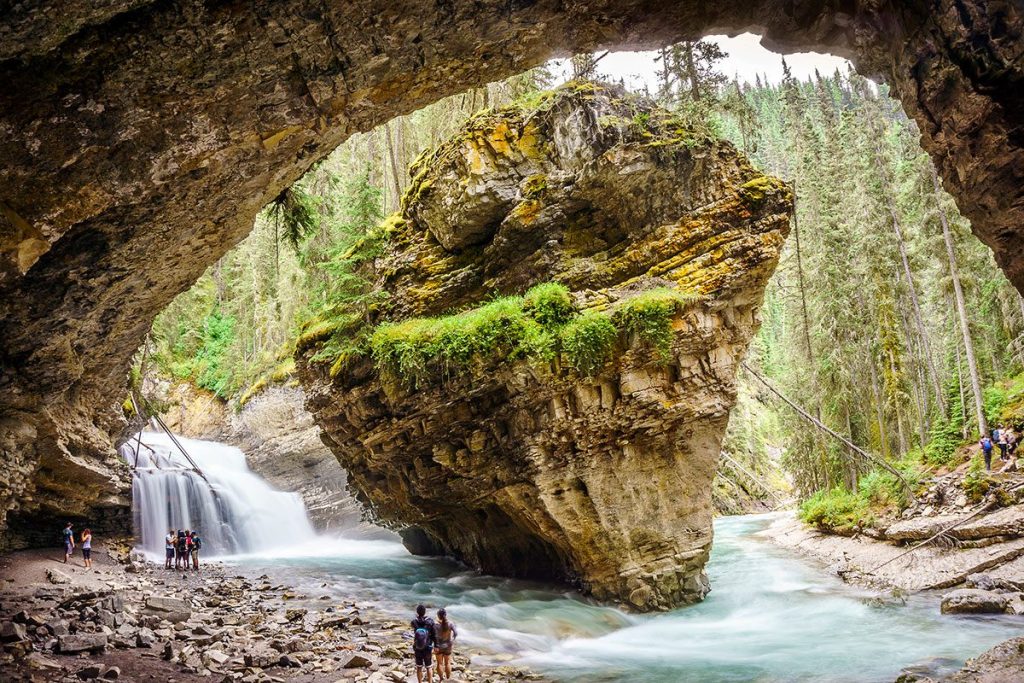
Upper Johnston Waterfalls in Banff National Park, Alberta, Canada. Image source: Sopotnicki/Shutterstock.com
Limestone erosion along Johnston Creek’s path to the Bow River carved up Johnston Canyon. Hiking to Johnston Canyon’s Lower Falls, Upper Falls, and Ink Pots is a must for anybody visiting the canyon. From the area behind the Johnston Canyon Resort, hikers may cover the 2.7 kilometers (1.7 miles) to reach the Upper Falls. Hundreds of hikers take on this 45-minute route every day, making it one of the busiest in the Canadian Rockies. Ouzels are gray birds that hop about on the rocks, so keep an eye out for them if you decide to go to the 30-meter (98-foot) high waterfall. Following a visit to the falls, hikers may go down Johnston Creek two miles to the less popular Ink Pots, where mineral springs bubble up out of the ground.
6. Lake Minnewanka
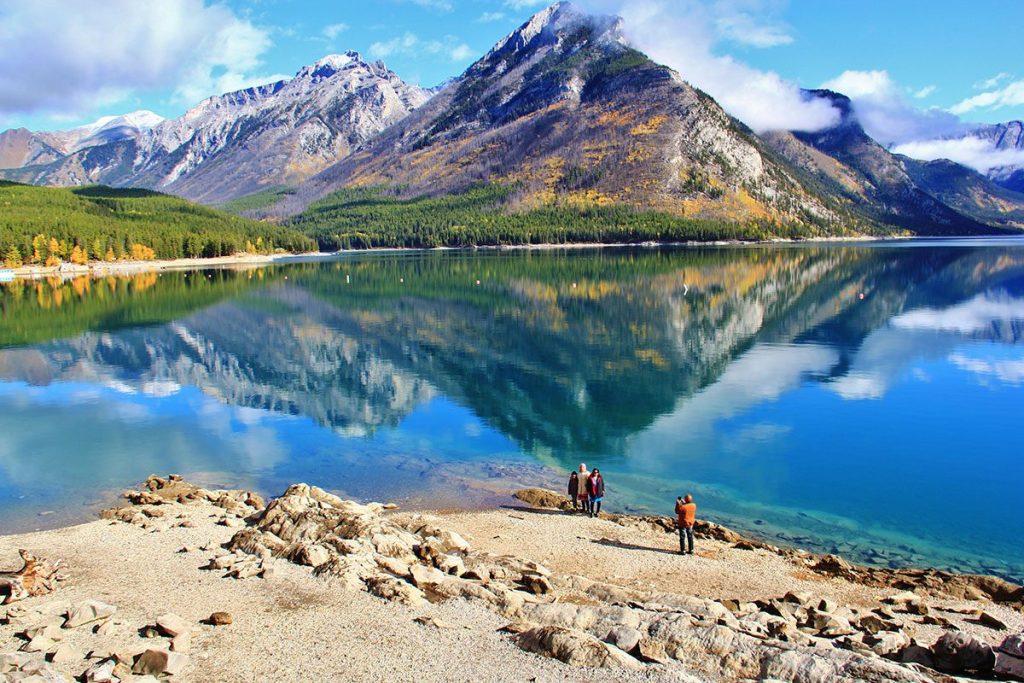
Minnewanka Lake in Banff National Park, Alberta, Canada. Image source: shahnoorhabib/Shutterstock.com
Recreational opportunities abound around the beautiful blue Lake Minnewanka, from walking and bicycling to rock climbing and boating. During the colder months, many people enjoy outdoor sports like cross-country skiing and snowshoeing. Beautiful landscapes and abundant animals, including deer, bears, mountain sheep, and elk, make this place a photographer’s paradise. Popular with city dwellers looking for a break, it is just 13 kilometers (or 8 miles) from Banff proper. A nice choice for a stroll is the easy path that circles the lake. There is a 60-minute educational trip on the lake that can be booked via Minnewanka Lake Cruises.
5. Banff Gondola
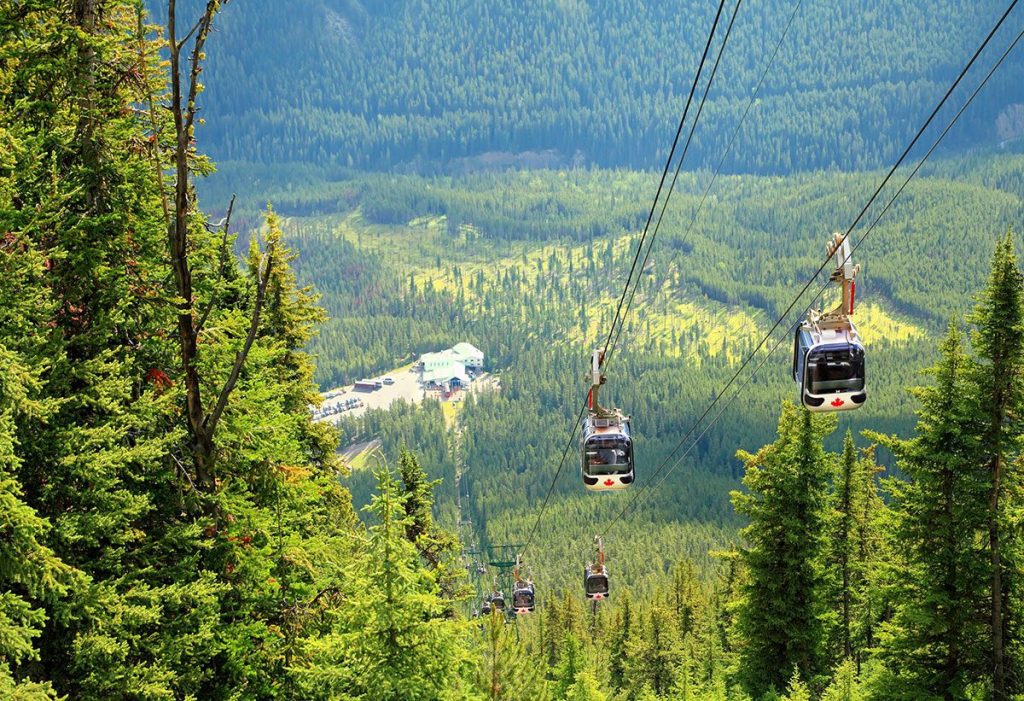
A view from the gondola ride in the Rocky Mountains. Image source: Protasov AN/Shutterstock.com
Before boarding the Banff Gondola, tourists should stock up on memory cards. Because the ride up and down Sulphur Mountain in the four-person gondola carriages offers breathtaking panoramas. However, the observation deck’s vistas of six different mountain ranges are even more breathtaking. There is a skywalk that leads to a historical monument and a weather station at the very top. Extensive hiking pathways with informative signs are also available. There is no gondola service throughout the winter.
4. Peyto Lake
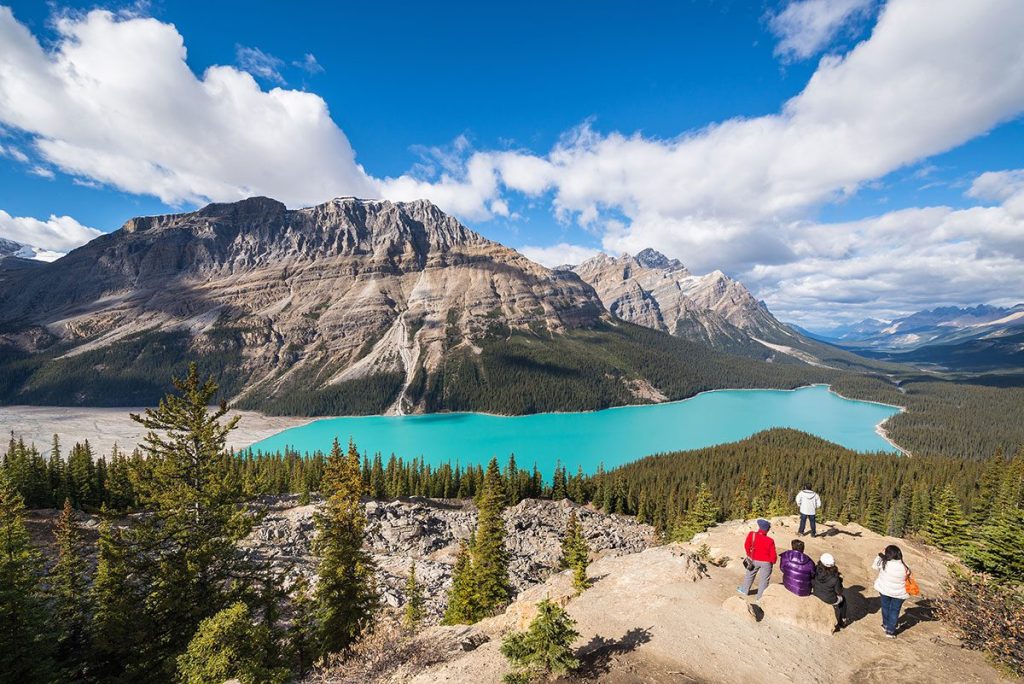
A beautiful panoramic view of Peyto Lake in Banff National Park, Alberta, Canada. Image source: Yongyut Kumsri/Shutterstock.com
Peyto Lake’s turquoise waters, caused by melting glaciers, are a favourite subject for photographers. The Columbia Icefields Parkway leads to the lake, which is located at a height of 1,900 meters (6,100 ft). From Bow Summit, which is located approximately 24 miles (39 kilometers) from Lake Louise along the parkway, visitors can view Peyto Lake, one of the most beautiful lakes in the world. Getting to the viewing platform above the lake from the parking lot is a pleasant 15-minute stroll along a paved path. Because of the high volume of visitors, the observation deck at the lake often fills up quickly.
3. Sunshine Meadows
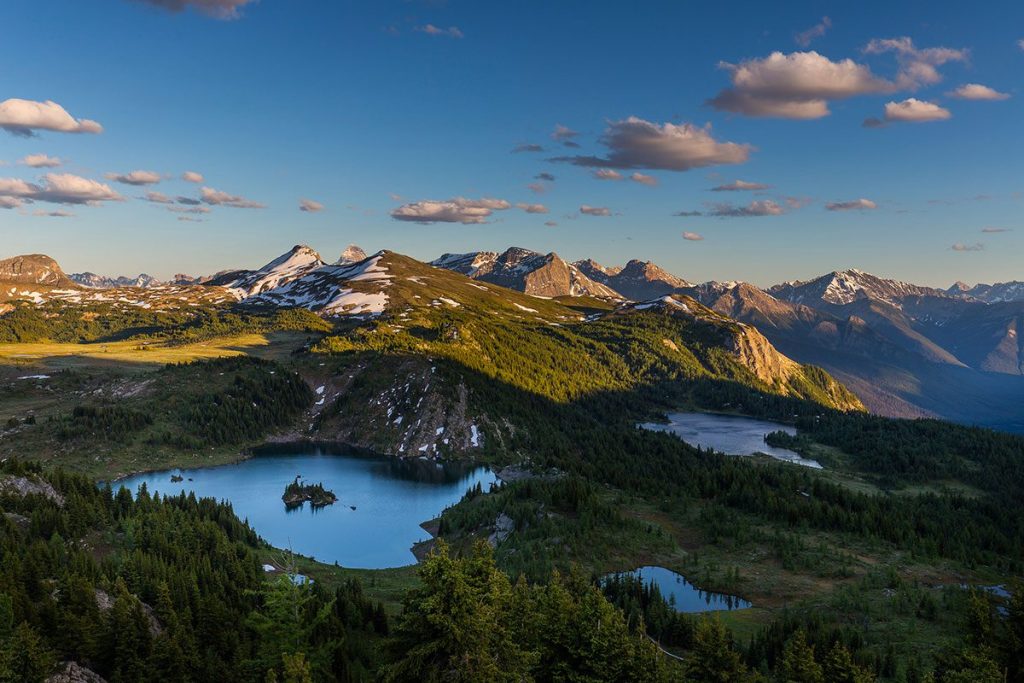
A beautiful view of the Sunshine Meadows in Banff National Park, Canada. Image source: Pavel Tvrdy/Shutterstock.com
Sunshine Meadows is located in the Canadian Rockies on the Continental Divide, on the boundary between Alberta and British Columbia, and is well worth the effort it takes to get there. When it comes to alpine trekking and beauty, the Canadian Rockies, the meadows take the cake. There is a riot of color in the meadows as spring gives way to summer. The first thing guests do is ride a shuttle bus to the designated parking area. From there, they may choose between an easy one-to-two-hour stroll across the meadows or a strenuous all-day trek to Quartz Ridge or Healy Pass. They’ll enjoy the beautiful scenery no matter what.
2. Lake Louise
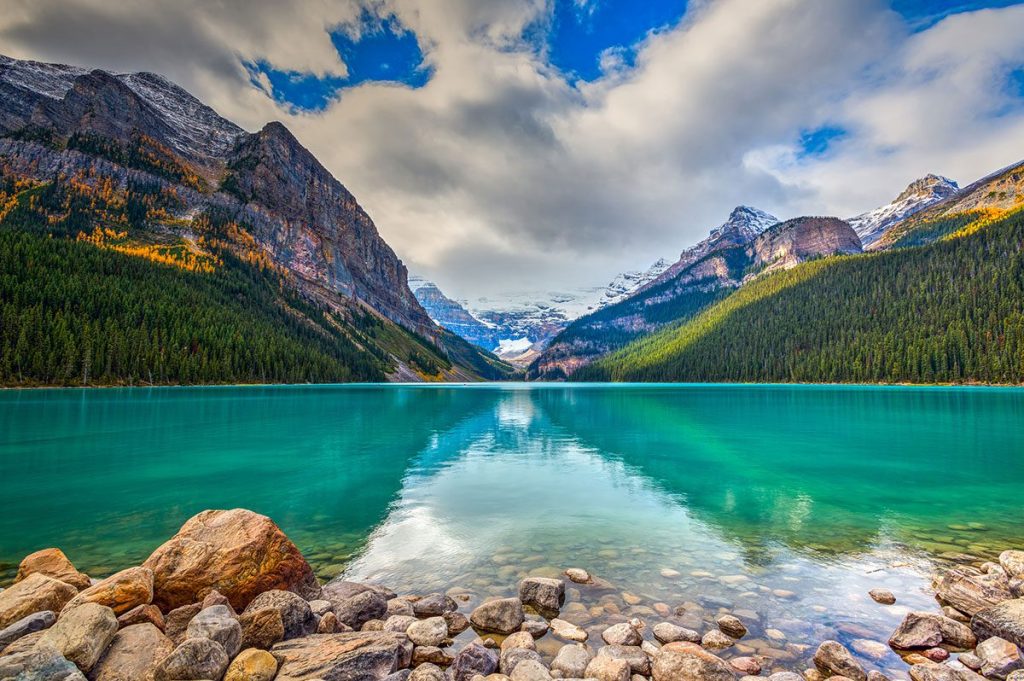
A scenic view of Lake Louise in Banff National Park in Alberta, Canada. Image source: BGSmith/Shutterstock.com
Due to its emerald green waters, Lake Louise is a stunning sight. Lake Louise Caroline, Alberta was named after the fourth daughter of British Queen Victoria, Princess Louise Caroline, Alberta, and offers hikers a chance to take in the area’s natural beauty. You can’t really appreciate this legendary lake’s beautiful summer greens and snowy winter mountains without seeing them in all four seasons. Located on the eastern side of Lake Louise, the Fairmont Chateau Lake Louise is a luxury resort hotel constructed at the start of the twentieth century by the Canadian Pacific Railway. In addition to being a summer resort, Lake Louise is also one of the best places to go skiing in all of North America. The Bow Valley Parkway, a gorgeous secondary roadway running between Banff and Lake Louise along the Trans-Canada Highway, is the ideal route to take. It’s 48 kilometers (30 miles) in length.
1. Moraine Lake
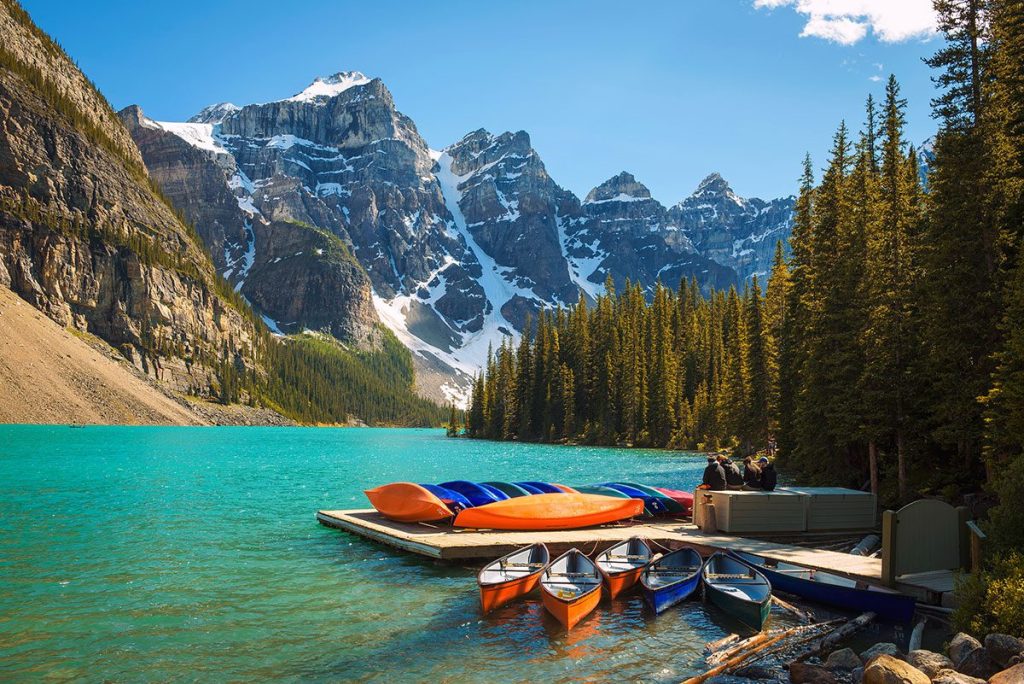
A stunning view of Moraine Lake in Banff National Park, Alberta, Canada. Image source: Nick Fox/Shutterstock.com
Moraine Lake’s beautiful blue hue is a result of the glacial runoff that sustains the lake. Light refracting off the glacier flour is responsible for the coloring. Moraine Lake, which is just 12.5 kilometers (7.5 miles) from Lake Louise, is a beautiful spot in the midst of the towering Canadian Rocky Mountains. The area surrounding Moraine Lake is replete with hiking opportunities. Be aware that grizzly bear activity may occasionally result in trail closures, so do your research before setting out. The Rockpile Trail is a popular choice since it is a short route with little elevation gain that leads to some of the most breathtaking scenery in all of Banff National Park. The 10 glacier-carved peaks that encircle Moraine Lake may be seen from atop Rockpile. Among them is Mt. Temple, at 3,549 meters, the third highest mountain in Banff National Park (11,636 feet).


